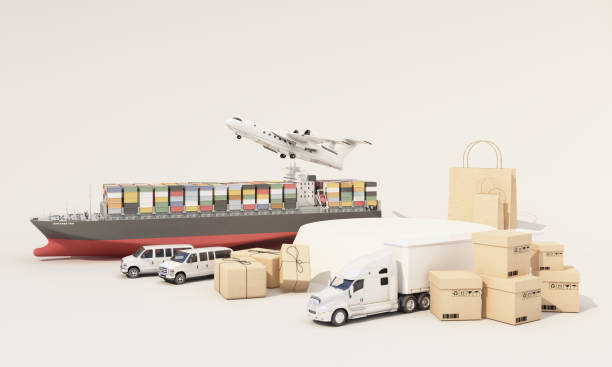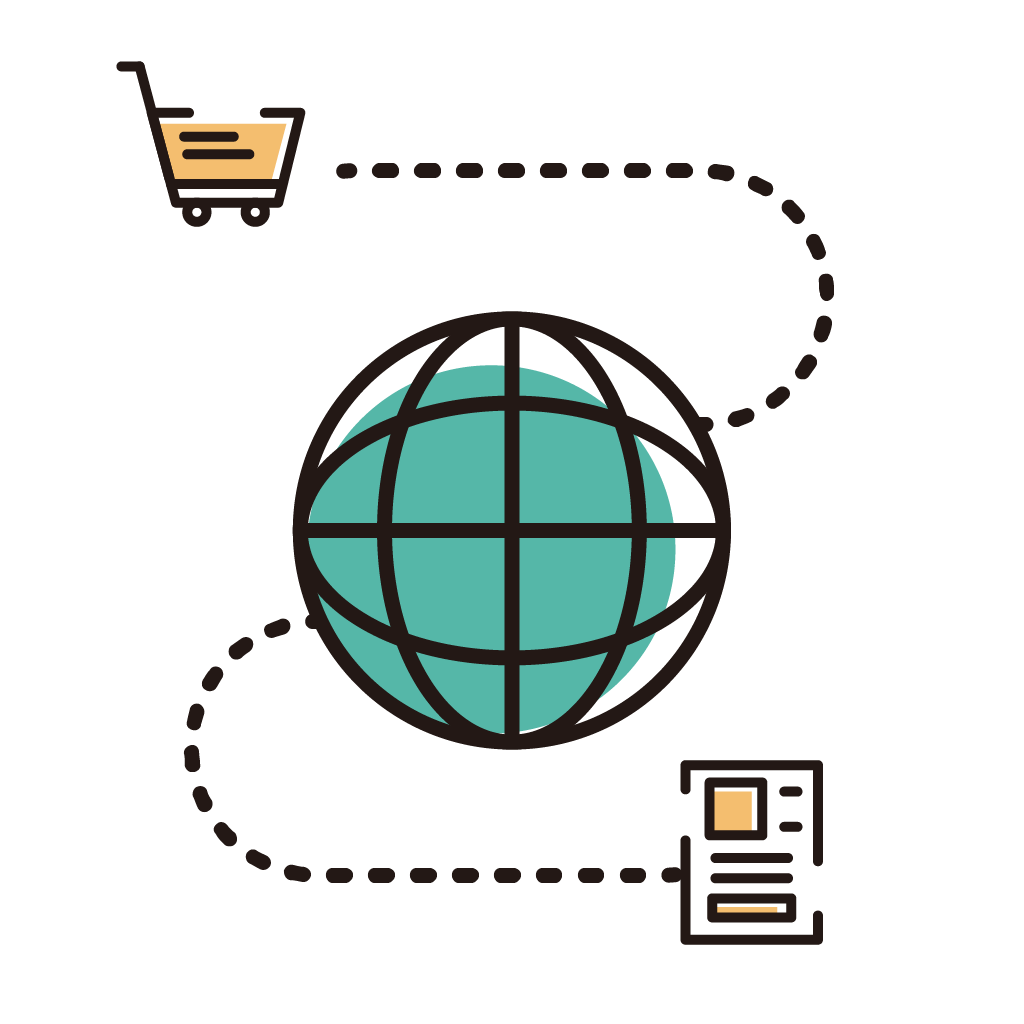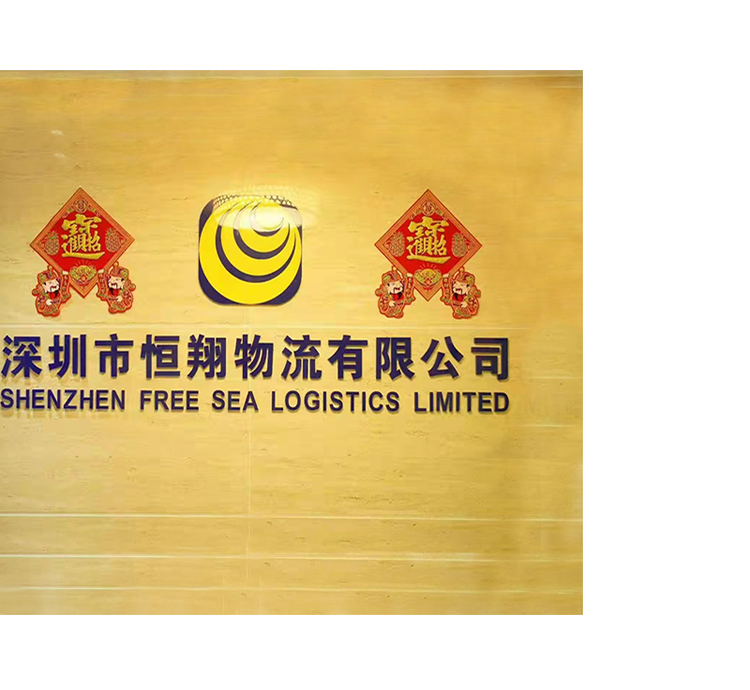International e-commerce has reshaped supply chains. However, slow global shipping still threatens customer satisfaction. Many brands invest heavily in marketing, yet they struggle to retain customers due to long transit times. Although delays seem like operational issues, they directly influence conversion rates and repeat orders. Because customers expect fast delivery, slow shipping weakens trust and reduces long-term growth. As demand increases, companies search for international dropshipping logistics solutions that improve speed, visibility, and reliability. This shift marks a new phase in global fulfillment strategy.
Why International Lead Time Matters More Than Ever
Today’s consumers compare every delivery experience with the fastest they have seen. As a result, lead time becomes a core element of brand value. When orders arrive late, customers feel uncertain. They also hesitate before placing future orders. Furthermore, slow shipments increase the risk of disputes and refunds. These issues harm customer experience and damage profit margins.
Because global trade grows more complex, lead time issues are not limited to shipping speed alone. They reflect broader supply chain gaps. Therefore, companies must evaluate the entire logistics path, from the origin warehouse to the final delivery. Only then can they identify the real source of delay and make informed improvements.
Understanding the True Causes Behind Slow Global Delivery
Slow delivery occurs due to a combination of predictable and unpredictable factors. Although many brands assume shipping carriers cause delays, other elements often create longer lead times.
First, cross-border processing adds layers of uncertainty. Every order must pass through customs, security checks, and country-based regulations. These stages vary widely between regions. Because of these inconsistencies, operational bottlenecks often form before parcels even move.
Second, poor route design increases transit time. Many sellers choose low-cost transportation without considering routing. When parcels travel through multiple hubs, the chance of delay rises. Therefore, selecting optimized routes becomes critical.
Third, warehouse processing speed affects shipping outcomes. If fulfillment centers pack orders slowly, the entire chain slows down. As order volume grows, small inefficiencies expand.
Fourth, inconsistent last-mile performance creates delivery instability. Some regions lack strong domestic networks, which increases final delivery time.
Finally, demand surges and seasonal rushes cause long-term delays. Although peaks are predictable, many sellers fail to prepare. Because of this, slow shipping becomes unavoidable.
Understanding these factors allows businesses to develop international dropshipping logistics solutions that address real issues rather than symptoms.
Why Traditional Dropshipping Struggles With Lead Time
Traditional dropshipping relies on overseas suppliers. Because inventory sits far from customers, shipping depends on long international routes. This model reduces cost but increases transit time.
Additionally, suppliers serve many sellers at once. As order volume grows, processing gets slower. Sellers often lack direct control over warehouse operations. Therefore, they cannot influence speed.
Furthermore, many dropshipping suppliers use low-cost carriers. Although these carriers help maximize margins, they create unpredictable delivery times. Because tracking visibility is limited, customers receive vague updates. This lack of clarity increases dissatisfaction.
Therefore, brands seeking growth must rethink traditional dropshipping. They must move toward advanced models that integrate global warehousing, predictive routing, and region-specific fulfillment.
Building a Faster Global Shipping Framework
To improve international lead time, businesses must redesign their logistics structure. They must analyze every stage of the journey and create a framework that prioritizes speed and reliability.
1. Distributed Warehousing
Distributed warehousing positions inventory closer to customers. Brands place stock in strategic regions. This approach cuts shipping time dramatically. Although it increases management complexity, software now simplifies multi-region inventory distribution. As a result, brands gain faster delivery and higher customer satisfaction.
2. Predictive Route Optimization
Modern logistics networks use data to select optimal routes. They compare carriers, lanes, and transit histories. This process identifies paths with stable delivery performance. Because routes change based on season and weather, predictive systems adjust in real time. These systems help businesses maintain speed even during unstable periods.
3. Integrated Customs Management
Customs processes often become the slowest part of international shipping. Therefore, proactive documentation control is essential. When businesses prepare customs papers accurately and early, clearance becomes faster. Many international dropshipping logistics solutions now include automated customs tools. These tools reduce human error and accelerate approvals.
4. Multi-carrier Strategy
Relying on a single carrier increases risk. Multi-carrier networks provide flexibility. When one carrier faces delays, orders shift to faster options. This strategy stabilizes delivery and reduces uncertainty.
5. Real-time Tracking and Transparency
Customers want to follow shipments clearly. Brands must provide real-time updates that reflect actual progress. Modern tracking systems integrate with multiple carriers. They unify data across borders and create a single transparent view. Because clarity improves trust, tracking becomes a key part of customer experience.
6. Dynamic Safety Stock Planning
Demand varies across regions. Dynamic safety stock helps warehouses avoid stockouts. When inventory runs out, shipping slows because orders must return to distant suppliers. Therefore, accurate forecasting reduces delays and improves stability.
Technology Driving Faster Global Delivery
Advanced logistics now depends on digital intelligence. Technology enables speed, forecasting, and control across borders.
Automated Fulfillment Robotics
Robotic systems accelerate warehouse processing. They pick, sort, and pack products faster than manual workflows. As order volume grows, automation protects processing speed.
Digital Twins in Supply Chain Planning
Digital twins simulate logistics performance. They test routing, capacity, and inventory distribution. This helps brands build resilient systems before deploying real-world changes.
Smart Shipping Labels and IoT Tracking
Smart labels transmit live data during transit. They show temperature, movement, and location. This level of transparency removes uncertainty and enhances customer confidence.
These technologies form the backbone of modern international dropshipping logistics solutions that focus on speed and precision.
Expanding Global Reach While Maintaining Delivery Speed
Brands want international reach without sacrificing delivery time. Achieving this balance requires structured expansion.
First, companies must select regions with strong logistical infrastructure. Regions with dense carrier networks allow stable delivery. Second, they should adopt free-trade zones to reduce customs load. Third, they must adjust safety stock levels based on seasonal demand. Finally, they should use region-specific carriers that understand local delivery challenges.
As brands grow, they build diverse networks. They combine their warehouse strategy with predictive systems. This combination creates long-term delivery stability.
Why Faster Shipping Drives Repeat Orders
Fast shipping creates psychological confidence. Customers feel valued when orders arrive quickly. They also build loyalty. Because repeat customers spend more, speed becomes a central profit driver.
Additionally, fast delivery reduces disputes and return requests. Clear tracking improves communication. When customers trust delivery performance, they purchase again without hesitation.
This is why companies that invest in better logistics outperform competitors. They transform speed into a strategic advantage.
Conclusion: Why Lead Time Optimization Defines the Future of Global Commerce
Slow shipping harms trust and kills repeat orders. However, brands can fix this by upgrading their global logistics structure. Through distributed warehousing, predictive routing, multi-carrier networks, and advanced tracking, they gain speed and stability. As a result, customer satisfaction improves. Moreover, optimized systems reduce long-term costs and boost operational resilience.
In this new era of global commerce, speed is no longer optional. It determines brand credibility and long-term success. Companies that adopt modern international dropshipping logistics solutions will lead the next phase of global e-commerce growth. Because of this, improving international lead time has become one of the most strategic decisions for any brand competing in worldwide markets.























